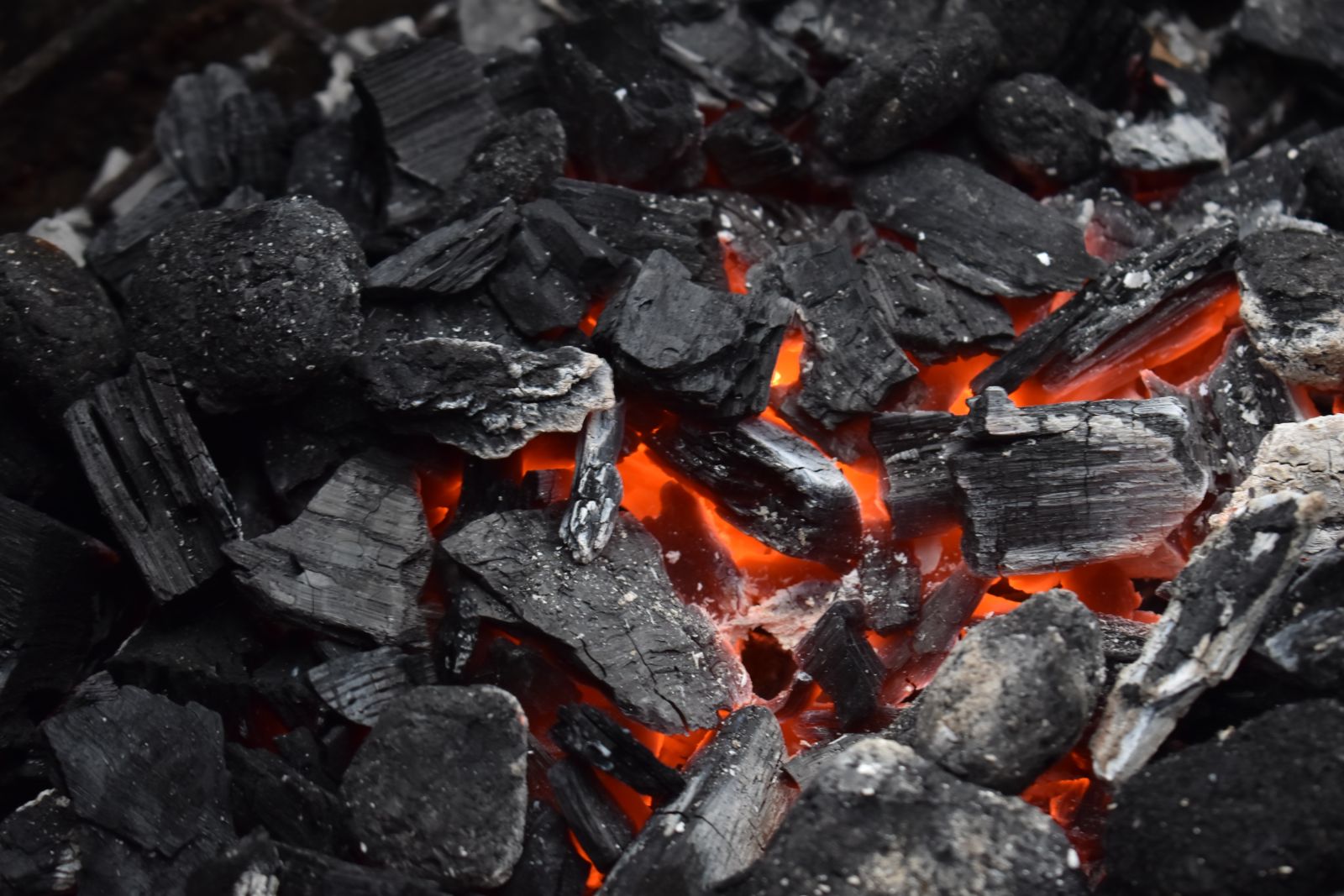
I last wrote about the coal market on Barchart in mid-October 2022, highlighting that coal prices were heading into a “winter of discontent.” My Shakespeare analogy that warned a cold European winter could cause a Shakespearean tragedy for consumers did not pan out as temperate weather conditions caused coal demand and prices to decline.
Nearby ICE Rotterdam coal futures were at the $258 per ton level on October 17, 2022, with nearby Newcastle coal prices at $387.50 per ton. In August 2023, prices are half those levels, but another winter of discontent could be on the horizon. While the coal market panicked leading into the 2022/2023 winter, it could be too calm heading into the 2023/2024 cold season.
Rotterdam coal prices decline
After trading at a record $465 per ton high in March 2022, coal futures for delivery in Rotterdam, the Netherlands, plunged.

The chart shows the 80.3% decline to a $91.75 per ton low in May 2023. Rotterdam coal prices have stabilized at just over the $120 level on August 28 but remain in a bearish trend near the May low.
Newcastle coal prices fall
ICE coal futures for delivery in Newcastle, Australia, peaked at a record $457.80 per ton high in September 2022.

The chart shows the 72.9% decline to the $124.15 per ton low in June 2023. At the $158.50 level on September futures on August 28, Newcastle coal futures remain closer to the June low than the 2022 all-time high.
Newcastle coal futures trade at a premium to the Rotterdam coal futures because of Australia’s proximity to the world’s leading coal-consuming countries, China, and India.
The war in Ukraine continues and escalates - Russia continues to use commodities as economic weapons
In late August 2023, the war in Ukraine continues to rage with no end in sight. NATO countries have supported Ukraine’s efforts to fend off Russia’s aggression.
Sanctions on Russia have caused Moscow to use energy and agricultural commodities as economic weapons against countries supporting Ukraine.
Elevated worldwide crude oil and natural gas prices put upward pressure on coal prices. Western Europe dodged a bullet with natural gas prices during the 2022/2023 winter as warm temperatures weighed on fuel demand, sending prices lower. However, as the 2023/2024 winter approaches, there are no guarantees the weather will cooperate and fuel prices will remain low. Higher oil and gas prices could fuel increased demand for coal, another hydrocarbon.
China and India will continue to burn coal
In 2023, China and India lead the world in coal consumption as they do not participate in initiatives addressing climate change.

Source: worldpopulationreview.com
While weak economic growth in China will likely weigh on Chinese coal demand, the world’s second-leading economy will continue burning the fossil fuels. In 2021, China accounted for 23.34% of worldwide primary coal imports. The top five coal-importing countries, including China, India, Japan, the Republic of Korea, and Taiwan, account for 64.2% of global coal imports.
Can complacency cause another massive rally?
Nearby NYMEX crude oil futures for October delivery were sitting near $80 per barrel on August 25, with October Brent futures at the $84.50 level. U.S. NYMEX natural gas prices were below $3, with European prices closer to the recent lows than the 2022 high.
ICE Rotterdam and Newcastle coal futures, like natural gas, are closer to the low than the 2022 record peaks.
The energy markets have become complacent after facing multi-year highs in oil and U.S. natural gas and record highs in coal and European natural gas in 2022. Economic weakness in China has weighed on traditional energy prices and kept them under control.
Meanwhile, the war in Ukraine and Russia’s use of energy as an economic weapon are reasons to maintain vigilance. The geopolitical landscape remains a clear and present danger that could cause traditional energy prices to spike higher. A recovery in China and a cold winter in Europe could create another perfect bullish storm for coal over the coming months.
On the date of publication, Andrew Hecht did not have (either directly or indirectly) positions in any of the securities mentioned in this article. All information and data in this article is solely for informational purposes. For more information please view the Barchart Disclosure Policy here.






